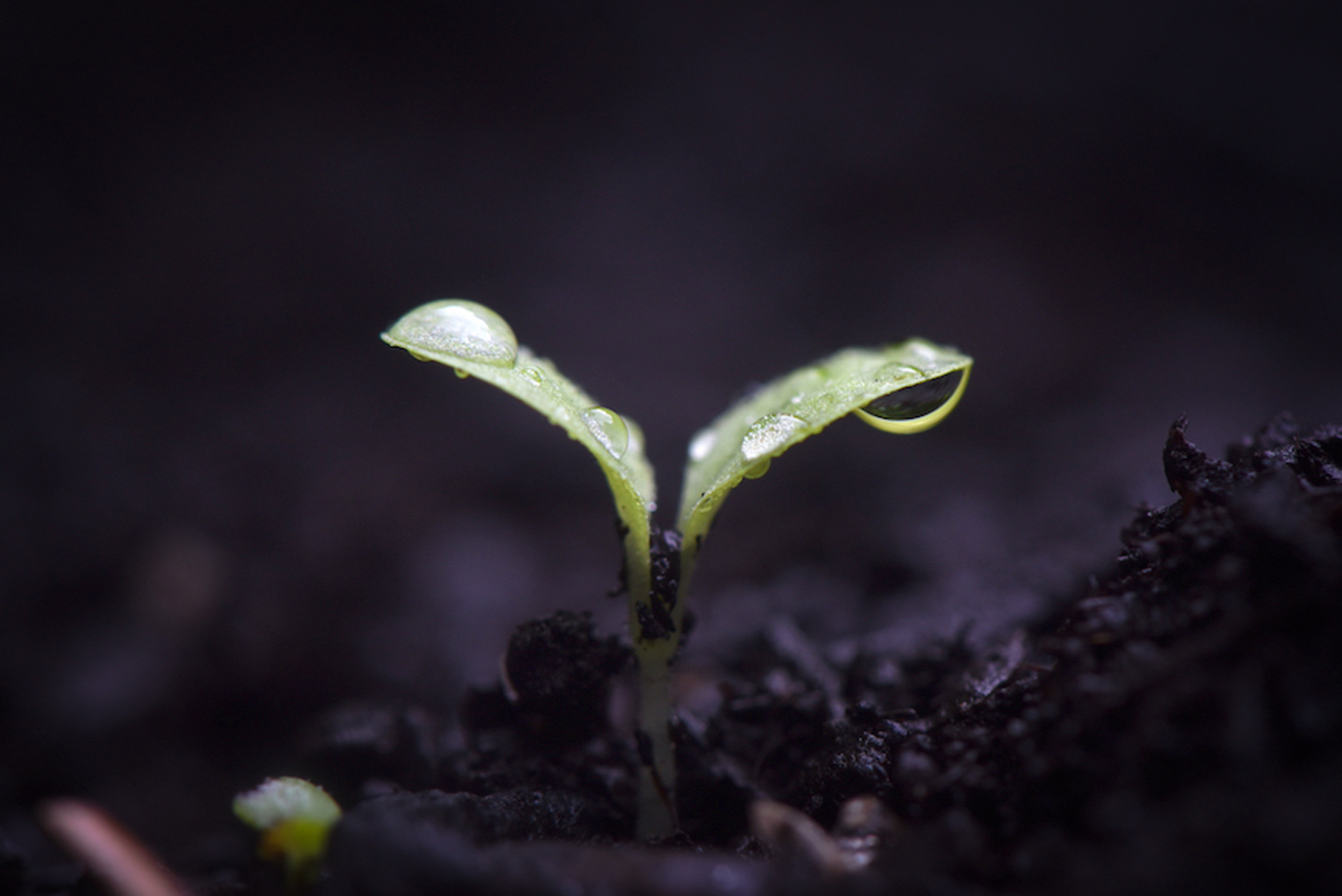
A tiny lettuce seedling pushes through black compost after a summer rain. It’s one of seven crops of the plant sowed in the vegetable garden over the course of the season. It’s a type of succession planting, and in the case of lettuce, keeps the harvest coming all summer long.
The first spring planted lettuce seeds were harvested weeks ago; the next planting is ready for the kitchen now. In several weeks, this diminutive lettuce plant will also be picked. Succession planting takes many forms and is used for a multitude of reasons. A mid-summer garlic harvest is replaced the same day with bush beans after the soil is amended with compost. I love ‘Dragon’s Tongue,’ a flat, pale yellow bean with dark purple stripes, but there are a plethora of varieties to plant in an open bed that might become your favorite. As peas fade away in big 15-gallon fabric pots, stocky pepper plants are added. Small hot chili peppers put on their spicy fruit quickly during long, hot summer days.
Even though the main crop of tomatoes was planted in late May, room was left for a few early maturing varieties to be planted right now. If a cultivar like ‘Early Girl,’ cherry tomatoes, ‘Fourth of July,’ and other quick producing types are put in the ground now, they will love the warm soil and air temperatures. Those plants will catch up to their early planted cousins and best of all are rarely plagued with the fungal issues of tomatoes that grew through a cold, wet spring.
Just look on the plant tag of any tomato or pepper variety and see how many days until maturity is listed. If it’s 90 days, forget it, but something like ‘Sungold’ is ready to pick in just 47 days, making it a great candidate. Succession planting is also a great way to avoid insect problems. Cucumbers in particular can benefit from more than one sowing. They are susceptible to bacterial wilt, which is spread by the cucumber beetle. When seedlings emerge in the spring, the beetle is waiting for them and can infect the young plants early on. It’s a good idea to space out seed planting over several weeks. This late in the season, find some nice healthy plants at the nursery and get them in the ground, oftentimes they will out-produce an earlier planting.
By waiting a week or two between plantings of vine crops will have the same result for those plants too. Many gardeners like to put the garden in on the same day, to get the job over with, but when that’s done, the proverbial gardening eggs are all in one basket. There’s an assumption that pests, diseases, and the weather are on our side, which is rarely the case. As the season progresses, succession planting allows another round of cool weather crops to be planted also. The first crop of peas is traditional planted in the cool soil on St. Patrick’s Day. Another sowing can be made in August, which will reach maturity when the garden cools off at the end of September or early October.
Seeds of Swiss Chard, beets, arugula, kale, kohlrabi, and a host of others can be planted now and into the summer. Try something different like mizuna, mustard greens for fun, they both add a little spice to a salad. It’s not too late to plant a few nasturtium seeds either. They will sprout quickly, don’t need anything from the gardener and produce beautiful, edible flowers. This is a great time to use succession planting to freshen up containers. When we get to this point in the season, nurseries start discounting their annuals, vegetables, hanging baskets, and other plants too. That basic formula for containers is the thriller in the middle, surrounded by some fillers and then spillers, which soften the edges. Hit the garden centers to fill any holes in your containers and since the plants are on sale, you can try something unique and different.
Succession planting will not only make a more successful garden, it’s also fun for the gardener to keep their hands in the dirt all season long.
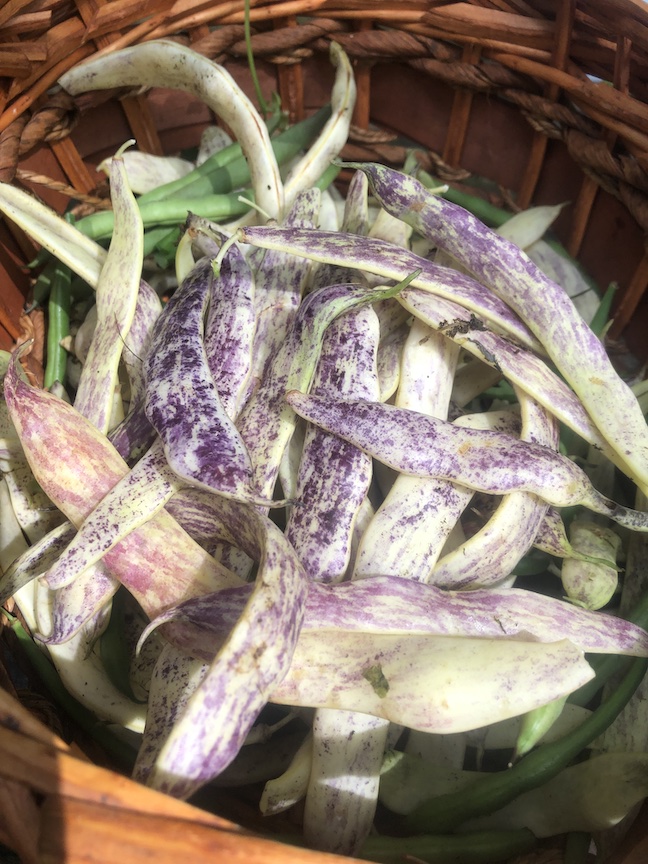
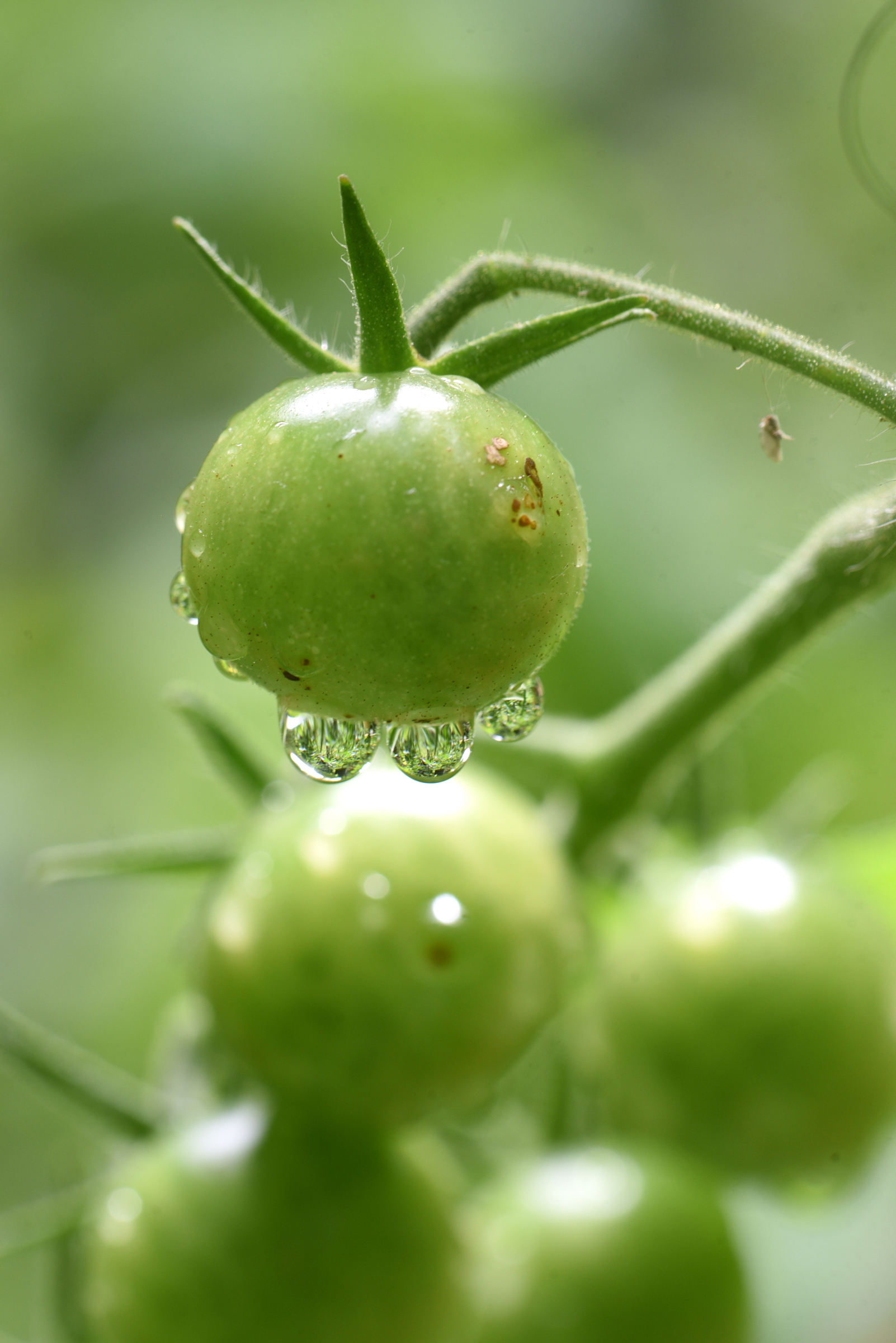
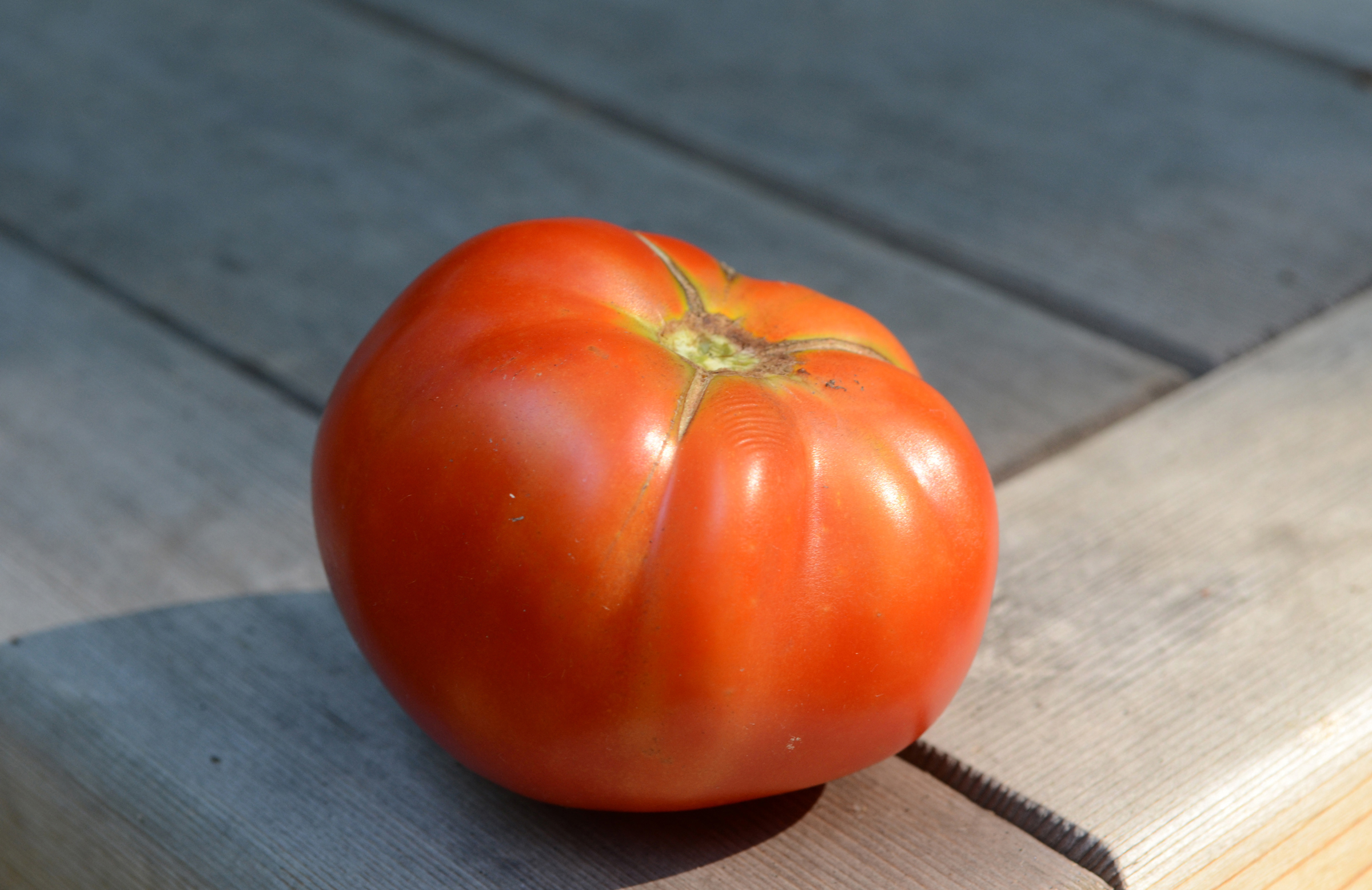
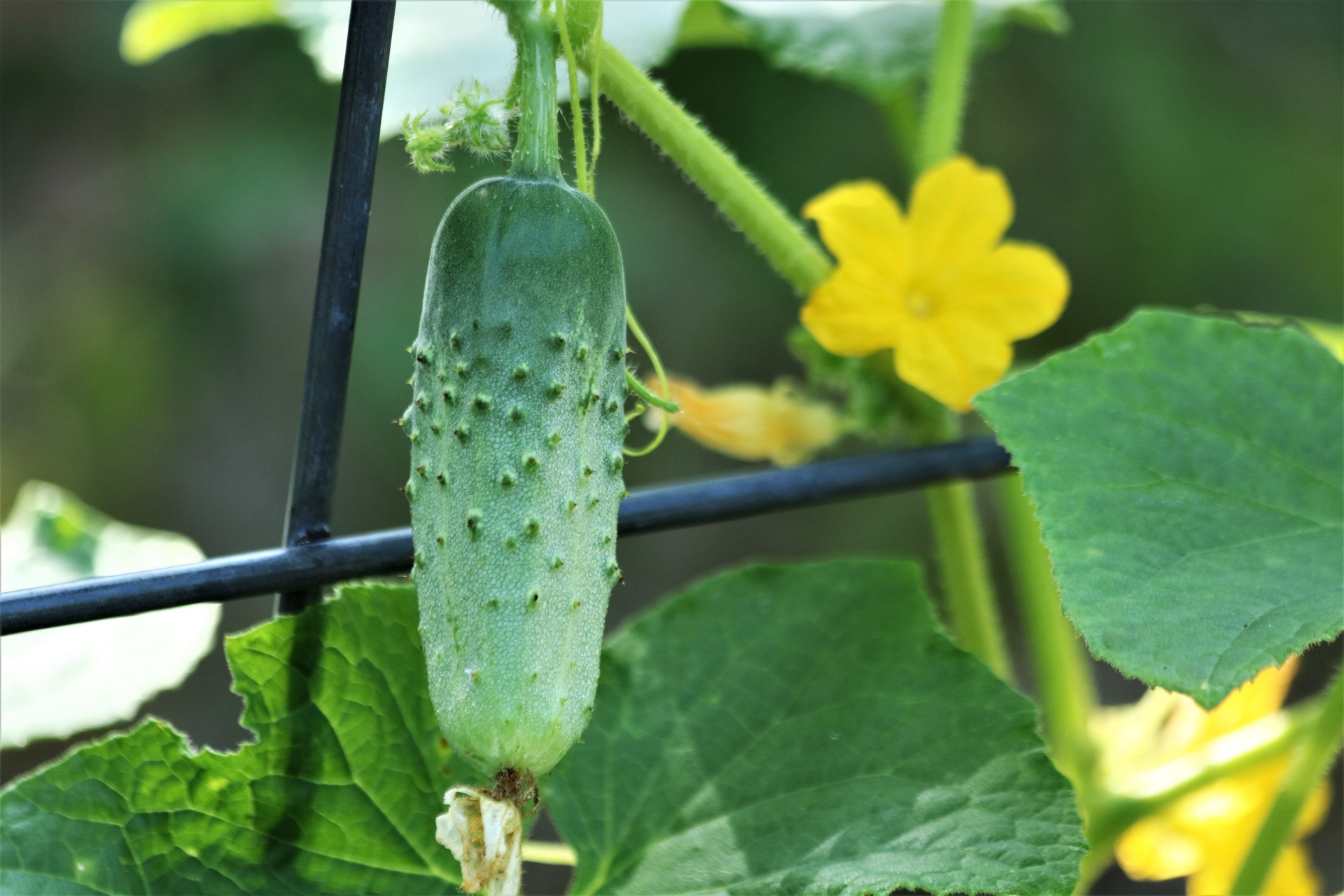
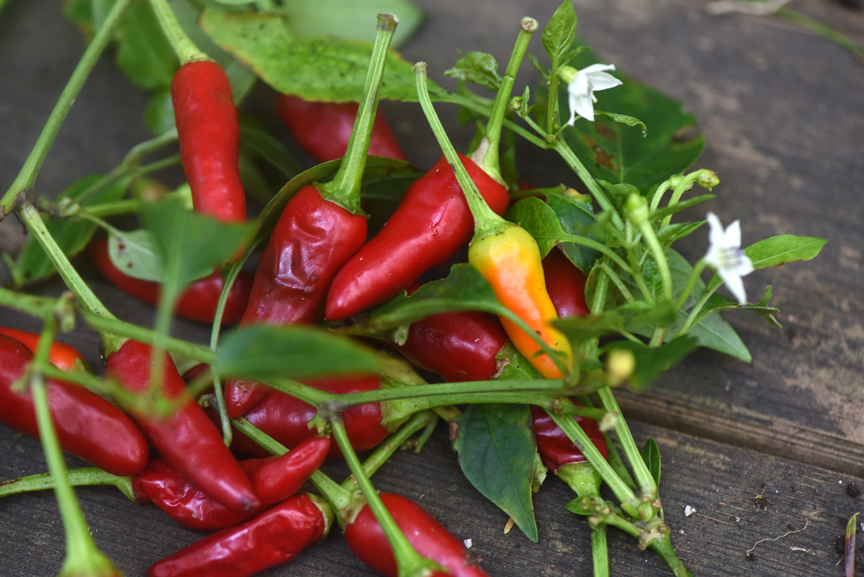
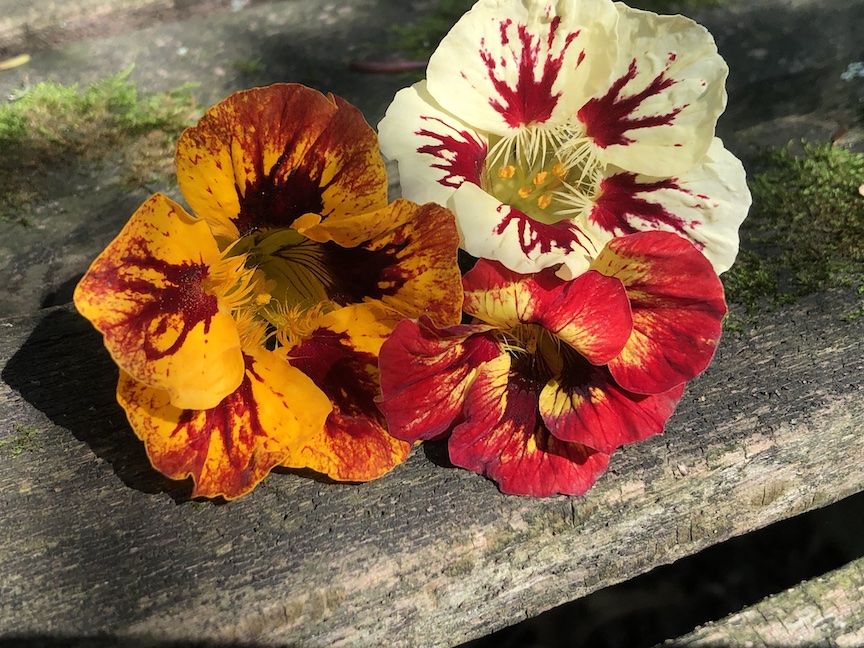

Leave A Comment